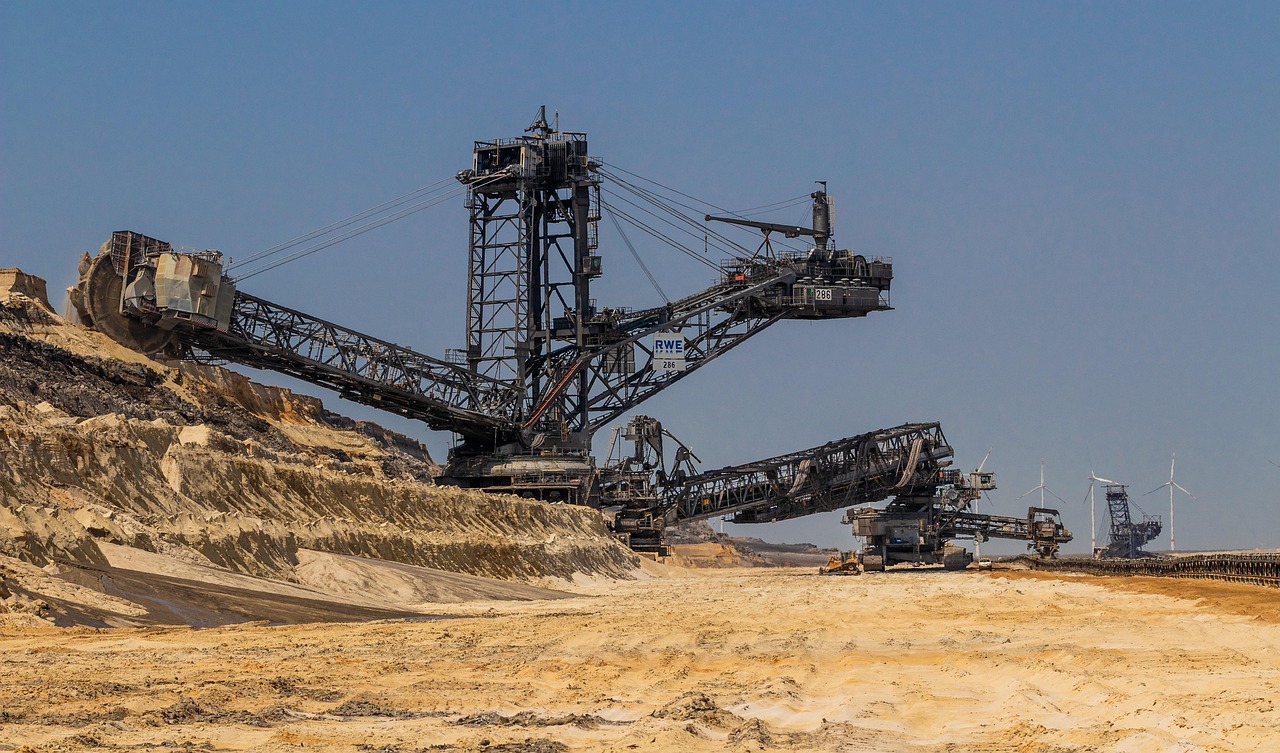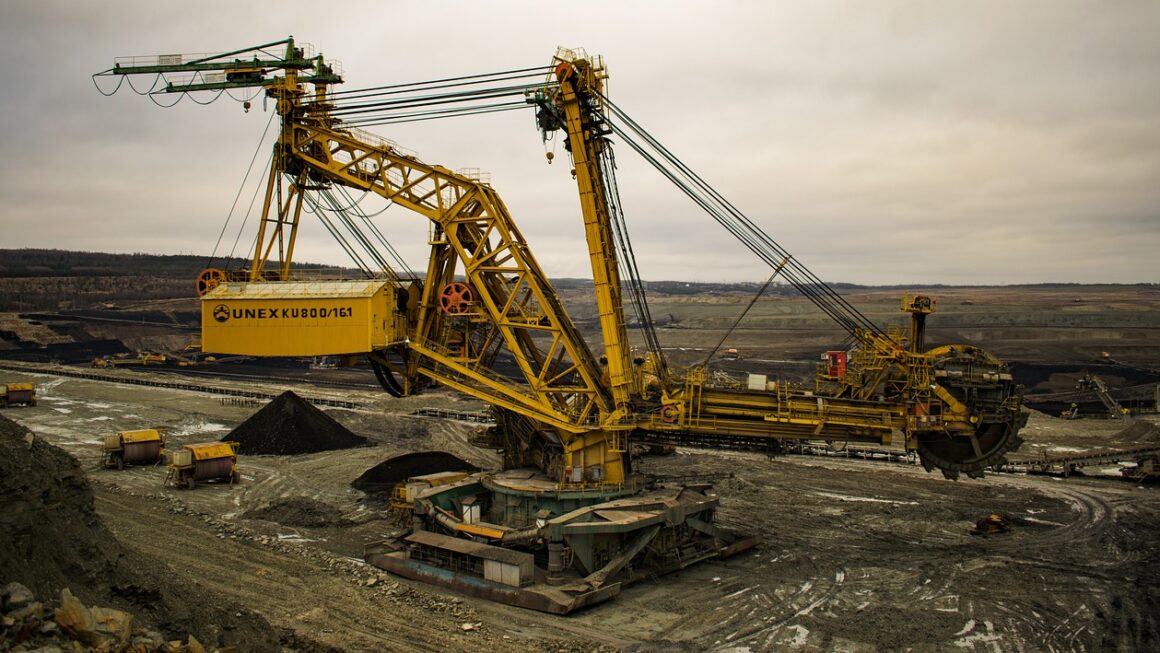Mining cryptocurrency can seem daunting, a complex world of algorithms and hardware. But breaking it down into digestible steps makes it much more accessible. Whether you’re a tech enthusiast looking to dive into the world of blockchain or simply curious about generating cryptocurrency, this guide will provide a comprehensive overview of coin mining, empowering you to understand and potentially participate in this exciting field.
Understanding Cryptocurrency Mining
What is Cryptocurrency Mining?
Cryptocurrency mining is the process of verifying and adding new transaction data to a blockchain’s public ledger. Miners use powerful computers to solve complex cryptographic puzzles, and the first miner to solve a puzzle gets to add a new block of transactions to the blockchain. In return, they receive cryptocurrency as a reward. This reward incentivizes miners to maintain the integrity and security of the blockchain network.
- In essence, miners act as the accountants of the cryptocurrency world.
- Mining ensures the blockchain is decentralized and tamper-proof.
- The complexity of the puzzles ensures that the network isn’t easily overwhelmed.
How Mining Works: Proof-of-Work (PoW)
Most cryptocurrencies, like Bitcoin, use a consensus mechanism called Proof-of-Work (PoW). PoW requires miners to expend significant computational effort to solve cryptographic puzzles. These puzzles are designed to be computationally intensive but easy to verify.
- Hashing: Miners repeatedly hash transaction data with different values (called nonces) until they find a hash that meets specific criteria.
- Difficulty Adjustment: The difficulty of the puzzle is adjusted periodically to ensure that new blocks are added to the blockchain at a consistent rate. For example, Bitcoin aims for a new block roughly every 10 minutes.
- Block Reward: The miner who successfully solves the puzzle broadcasts the new block to the network, and other nodes verify its validity. If valid, the miner receives a block reward, consisting of newly created cryptocurrency and transaction fees.
Alternative Consensus Mechanisms: Proof-of-Stake (PoS)
While PoW is dominant, Proof-of-Stake (PoS) is gaining popularity as a more energy-efficient alternative. In PoS, miners (often called validators) don’t compete to solve puzzles. Instead, they stake a certain amount of their cryptocurrency to have the opportunity to validate new blocks.
- Staking: Validators lock up a portion of their cryptocurrency holdings as collateral.
- Selection: The protocol selects validators to create new blocks based on various factors, such as the amount of cryptocurrency staked, the length of time the cryptocurrency has been staked, and a degree of randomness.
- Reduced Energy Consumption: PoS requires significantly less energy than PoW, making it a more environmentally friendly option.
- Example: Ethereum transitioned to Proof-of-Stake to address environmental concerns related to Proof-of-Work mining.
Setting Up Your Mining Operation
Choosing the Right Cryptocurrency to Mine
Not all cryptocurrencies are created equal, and not all are profitable to mine. Consider factors like:
- Market Capitalization: Higher market cap often means more liquidity and stability.
- Block Reward: How much cryptocurrency do you receive for each block you mine?
- Mining Difficulty: How difficult is it to solve the cryptographic puzzles?
- Hardware Requirements: What type of hardware do you need to mine the cryptocurrency?
- Energy Costs: How much will it cost to power your mining equipment?
- Community and Development: Is the cryptocurrency actively developed and supported by a strong community?
Example: Bitcoin mining requires specialized ASIC (Application-Specific Integrated Circuit) miners, which are expensive but offer the highest hash rate. Cryptocurrencies like Monero are designed to be ASIC-resistant, making them more accessible to CPU and GPU miners.
Selecting Your Mining Hardware
The hardware you need will depend on the cryptocurrency you choose to mine. Common options include:
- CPUs (Central Processing Units): Suitable for mining some niche cryptocurrencies but generally not profitable for mainstream coins.
- GPUs (Graphics Processing Units): More powerful than CPUs and suitable for mining a wider range of cryptocurrencies. Often used in mining rigs.
- ASICs (Application-Specific Integrated Circuits): Specialized hardware designed specifically for mining certain cryptocurrencies (e.g., Bitcoin). Offers the highest hash rate but is also the most expensive.
Consider factors like:
- Hash Rate: How many calculations the hardware can perform per second. Measured in hashes per second (H/s), kilohashes per second (KH/s), megahashes per second (MH/s), gigahashes per second (GH/s), terahashes per second (TH/s), and petahashes per second (PH/s).
- Power Consumption: How much electricity the hardware uses.
- Price: The cost of the hardware.
- Availability: Can you easily purchase the hardware?
- Resale Value: Will you be able to sell the hardware if you decide to stop mining?
Choosing a Mining Pool
A mining pool is a group of miners who combine their computing power to increase their chances of finding a block. When a pool successfully mines a block, the reward is shared among the miners based on their contribution to the pool’s hash rate.
- Increased Probability of Rewards: Pooling significantly increases the likelihood of receiving regular rewards, especially for smaller miners.
- Pool Fees: Mining pools typically charge a small fee for their services.
- Choosing a Pool: Look for pools with low fees, reliable uptime, and a strong reputation. Popular pools include Foundry USA, Antpool, and ViaBTC.
- Example: If you have a relatively low hash rate, joining a mining pool is often the only way to generate consistent income from mining.
Setting Up Your Mining Software
You’ll need mining software to connect your hardware to the blockchain and start mining. The software will depend on your hardware and the cryptocurrency you’re mining. Popular options include:
- CGMiner: A popular command-line mining software that supports a wide range of cryptocurrencies and hardware.
- BFGMiner: Another command-line mining software that supports ASICs and GPUs.
- EasyMiner: A graphical user interface (GUI) mining software that’s easier to use for beginners.
Configuration typically involves:
- Downloading and installing the appropriate software.
- Configuring the software with your mining pool credentials (pool address, username, and password).
- Specifying the hardware you want to use for mining.
- Starting the mining process.
Managing Your Mining Operation
Monitoring Performance and Optimizing Settings
Once you’ve set up your mining operation, it’s important to monitor its performance and optimize your settings to maximize your profitability.
- Hash Rate Monitoring: Keep an eye on your hash rate to ensure that your hardware is functioning correctly.
- Temperature Monitoring: Monitor the temperature of your hardware to prevent overheating, which can damage your equipment.
- Power Consumption Monitoring: Track your power consumption to calculate your mining costs and profitability.
- Overclocking: Experiment with overclocking your hardware to increase its hash rate, but be careful not to overheat or damage your equipment.
- Software Updates: Keep your mining software updated to the latest version to ensure optimal performance and security.
Calculating Profitability and Managing Costs
Mining profitability is affected by many factors, including:
- Cryptocurrency Price: Fluctuations in the price of the cryptocurrency you’re mining can significantly impact your profitability.
- Mining Difficulty: Increasing mining difficulty makes it harder to solve blocks and reduces your rewards.
- Hardware Costs: The initial cost of your mining hardware can be a significant investment.
- Energy Costs: Electricity costs can be a major expense, especially if you live in an area with high electricity rates.
- Pool Fees: Mining pools charge fees for their services, which can reduce your profitability.
Use online mining calculators to estimate your potential profitability.
- Example: If you spend $5,000 on mining hardware and your electricity costs are $500 per month, you’ll need to generate at least $5,500 in cryptocurrency to break even in the first month.
Dealing with Overheating and Hardware Issues
Overheating and hardware issues are common problems in mining.
- Proper Ventilation: Ensure that your mining equipment has adequate ventilation to prevent overheating. Use fans or air conditioning to keep the equipment cool.
- Dust Removal: Regularly clean your mining equipment to remove dust, which can impede airflow and cause overheating.
- Hardware Maintenance: Perform regular maintenance on your mining equipment to ensure that it’s functioning correctly.
- Troubleshooting: Learn how to troubleshoot common hardware issues, such as GPU failures and power supply problems.
- Warranty: Check the warranty on your mining equipment and take advantage of it if you experience any hardware failures.
Legal and Ethical Considerations
Legal Regulations in Your Jurisdiction
Cryptocurrency mining is subject to different legal regulations in different jurisdictions.
- Research Local Laws: Research the legal regulations in your area before starting to mine cryptocurrency.
- Tax Implications: Be aware of the tax implications of mining cryptocurrency. You may be required to pay taxes on your mining rewards.
- Compliance: Ensure that your mining operation complies with all applicable laws and regulations.
Environmental Impact of Mining
PoW mining, particularly Bitcoin mining, has come under scrutiny for its high energy consumption.
- Energy Efficiency: Consider using more energy-efficient hardware or mining cryptocurrencies that use PoS.
- Renewable Energy: Power your mining operation with renewable energy sources, such as solar or wind power, to reduce your environmental impact.
- Carbon Offsetting: Purchase carbon offsets to compensate for the carbon emissions associated with your mining operation.
Security Best Practices
Security is paramount when mining cryptocurrency.
- Secure Wallets: Use secure wallets to store your cryptocurrency rewards.
- Two-Factor Authentication: Enable two-factor authentication on your mining accounts to protect against unauthorized access.
- Firewall Protection: Use a firewall to protect your mining equipment from cyberattacks.
- Software Updates: Keep your mining software and operating system updated to the latest versions to patch security vulnerabilities.
- Anti-Virus Software: Install anti-virus software on your mining equipment to protect against malware.
Conclusion
Mining cryptocurrency can be a rewarding endeavor, but it requires careful planning, execution, and ongoing management. By understanding the fundamentals of mining, selecting the right hardware, optimizing your settings, and managing your costs, you can increase your chances of success. Remember to consider the legal and ethical implications of mining, and always prioritize security. Whether you’re contributing to the decentralization of Bitcoin or exploring the possibilities of altcoin mining, the knowledge gained here will empower you to navigate the exciting world of cryptocurrency mining.




